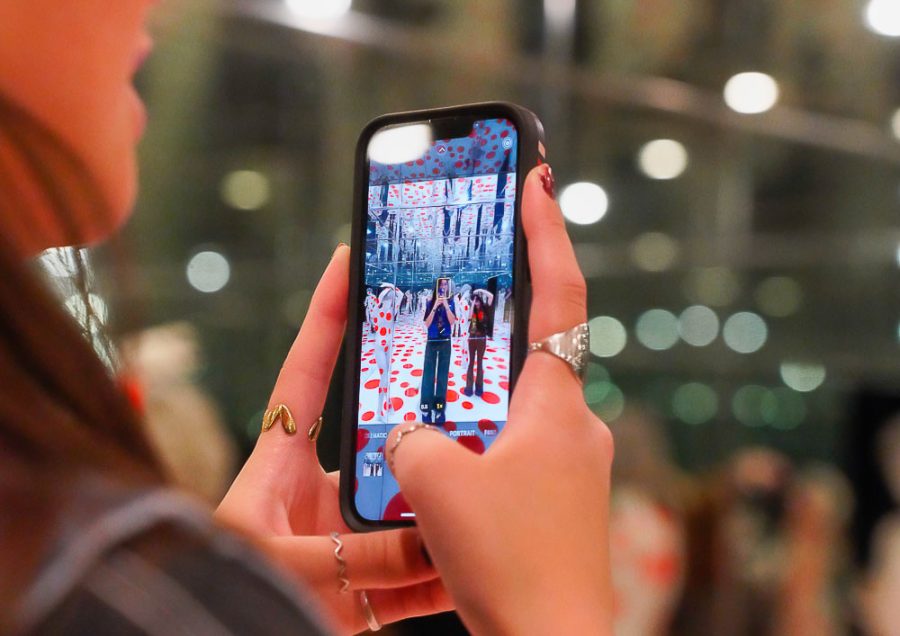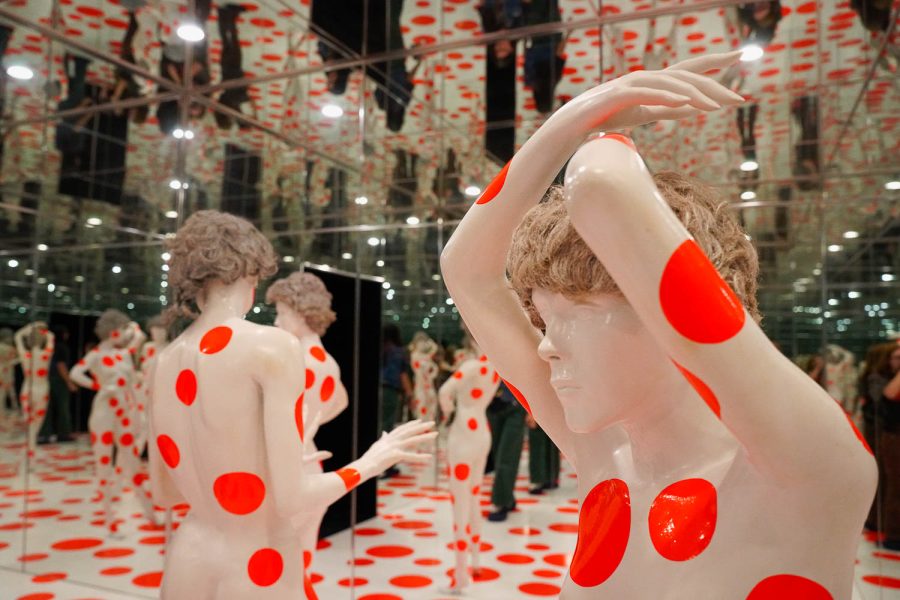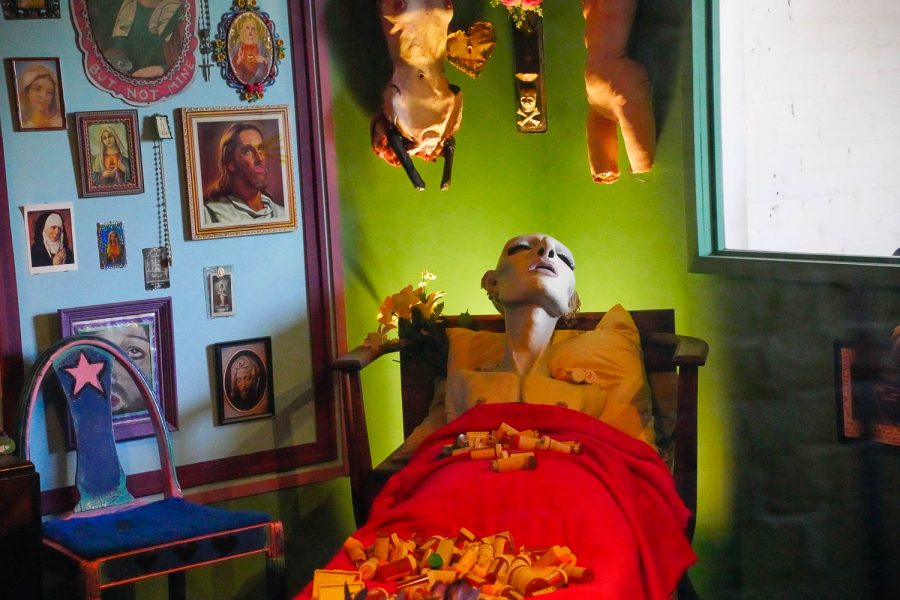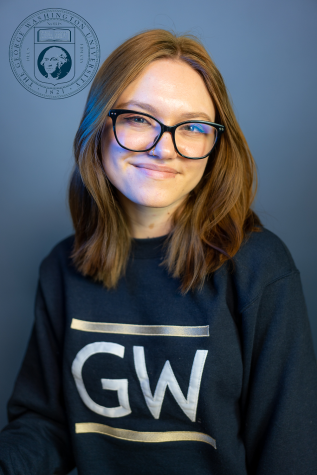A Tour of The Mattress Factory
Tucked away in Pittsburgh’s North Side is a small contemporary art museum like no other.
May 23, 2023
In the dense Mexican War Streets of Pittsburgh’s North Side, the Mattress Factory may carry a confusing name for those unfamiliar with its content. But the art museum’s simple but intriguing name is fitting for its unique exhibits of contemporary art.
Starting in 1977, the museum was founded by Barbara Luderowski and other local artists in an attempt to support other alternative artists like them. Throughout the years, the museum has hosted over 750 different artists. The Mattress Factory has been featured in several notable publications such as The New York Times, Art in America, and The Wall Street Journal. The Mattress Factory features several permanent exhibits along with several temporary ones. Currently, the fourth floor of the main building is under renovation to make room for a multitude of new pieces that will debut at the museum in June and September of 2023. The museum is spread across three different buildings all located within a few minutes of each other. The main building, located at 500 Sampsonia Way, holds the majority of the art.
Mattress Factory staff recommend starting at the top of the building and working your way back to the main floor. From there, guests are able to take the stairs down and get excellent views of downtown Pittsburgh as they walk across the balcony which connects the stairwell and main building.
One of the most iconic exhibits in The Mattress Factory is Yayoi Kasama’s “Repetitive Vision“. Kasama is a Japanese artist who spent much of the 1950s through the 1970s in New York City’s avant-garde subculture. She later returned to Tokyo and decided to live in psychiatric assisted living center. Kasama’s battle with mental illness has been something that she has channeled into her art for decades. Mostly taking anthropomorphic shapes that sport eccentric colors, her work, like the one housed in Pittsburgh, has been seen all over the United States and Japan.
Her work in the Mattress Factory displays several statues of women painted white with red dots and posed in a hall of mirrors. Kasama’s idea for the piece came one day when she was staring at a tablecloth with red flowers on it. When she looked up, she saw the same red flowers everywhere.
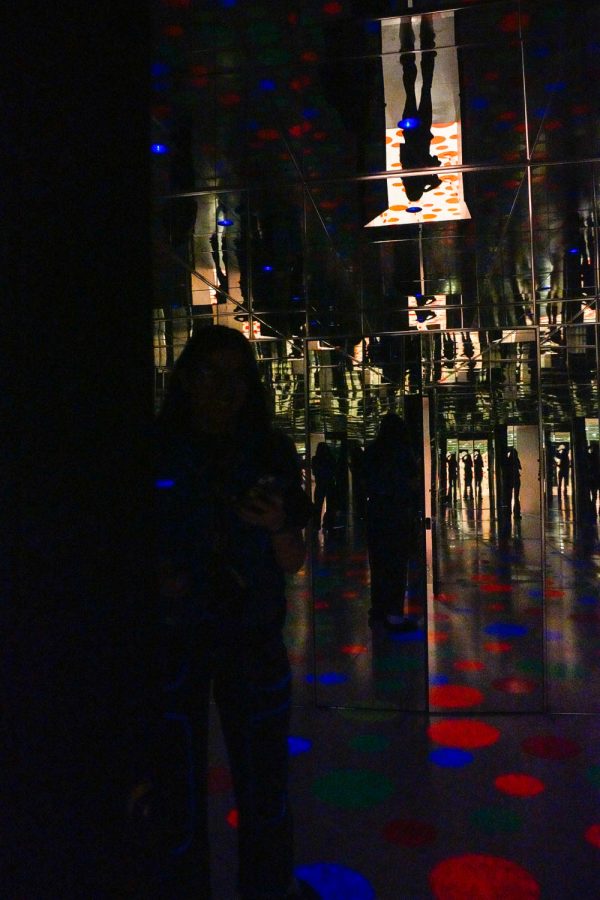
Before entering into “Repetitive Vision,” visitors of the Mattress Factory must first walk through another Kasama exhibit, “Infinity Dots Mirrored Room.” This exhibit works in conjunction with “Repetitive Vision.” The idea behind this one is to “evoke larger questions about individual identity, perception of reality, and the permeability of boundaries between the self and the outer world.”
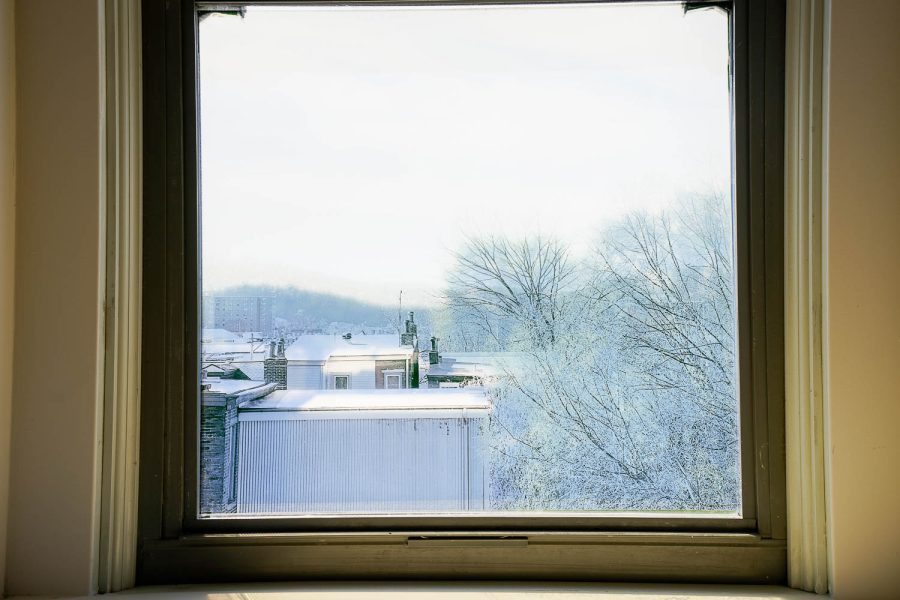
On a bench on the third floor is a piece that exists on a window. “HalfDream: Another Room” shows a different picture of the outside world, one that is almost dream-like, which lines up perfectly with the trees and the buildings on the other side of the window. This piece is part of Doreen Chan’s first solo exhibition in the United States. The artist believes that dreams are a poetic medium between people. Her exhibition started as a way to cope with the vivid dreams she was having amidst the 2019 political climate in Hong Kong–her native city. During the lockdown after the first big outbreak of COVID-19, Chan’s ideas about dreams and their meaning began to take shape into her exhibit HalfDream.
HalfDream explores the struggles of such a politically polarizing time. Embedded within the project are stories of humor, grief, family, and the passage of time. “HalfDream: Another Room” is a temporary exhibit and will be on display through the fall of 2023.
On the second level of the main building, the floor is entirely in the dark and focuses on the work of James Turrell. Visitors are forced to use other senses to make their way to the other exhibits. People also have the option to walk through James Turrell’s “Pleiades,” which is reservation-only and takes about 15 minutes to walk through.

The magic of “Danae” happens with research into the working of light. The optical illusion makes the viewer think that the exhibit is simply a blue projection onto a wall. However, upon further inspection, visitors learn that there is hole in the wall and the light is coming from the inside. Due to Turrell’s well researched piece, all depth is removed from the eye. By sticking a hand directly into the blue space or looking at it from different angles (as shown in the above photo) visitors can observe the magic of the piece.
Turrell is one of the most celebrated artists in America. He grew up in the Quaker faith, which ultimately formed the basis for his art and the constant theme of the “light within.” Turrell’s art is almost as methodical as he is. While he is a celebrated artist, he studied perceptual psychology, science, mathematics, geology, and astronomy in the early 1960s. In 1966, he studied at the University of California, Irvine, where he was part of a new program that brought together art and technology. After UC Irvine, Turrell began his work as an artist.
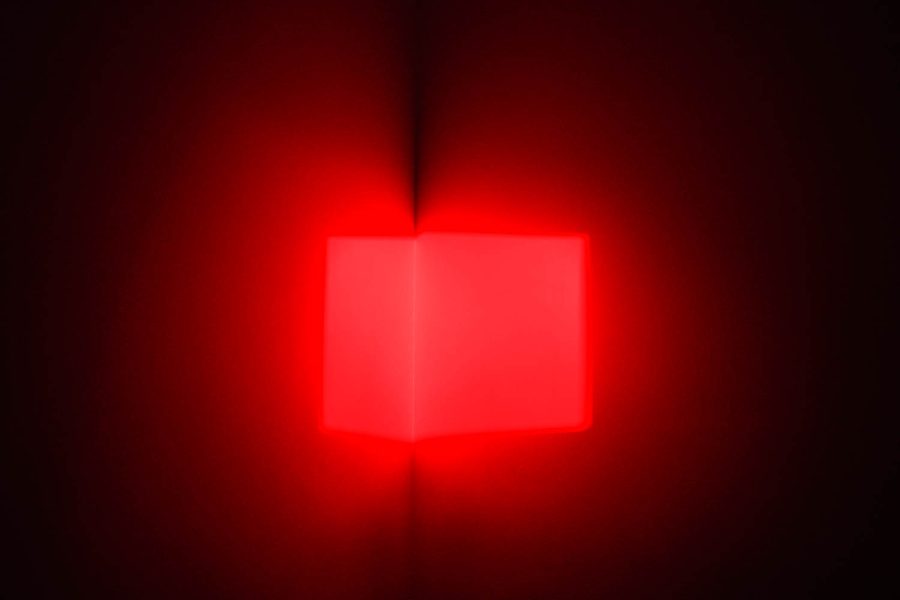
Another optical illusion on the second floor by James Turrell is “Casto, Red“. Made 11 years after “Danae,” the piece is another light illusion. “Casto, Red” is one of the more recognizable exhibits from the Mattress Factory, due to its frequency in promotional photos. The piece is meant to show light’s three dimensional properties and Turrell’s ability to sculpt light, giving it an almost solid form.
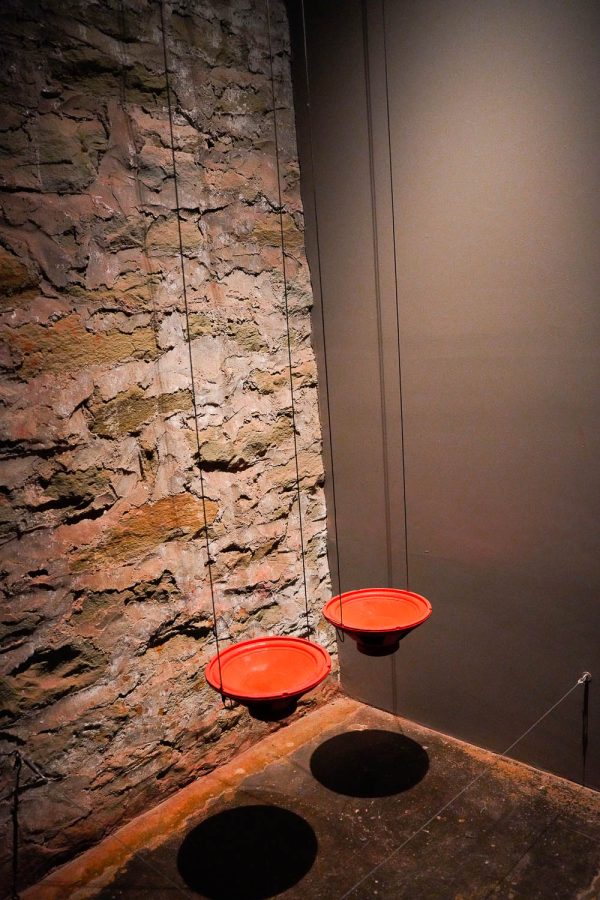
Located at the basement level is “Red” by Rolf Julius. The piece displays two speakers suspended by ten-foot wires. The coating on the speakers moves with the sounds that are made from the speakers themselves. Julius was born in Germany in 1939, and by the 1970s, he became a prominent figure in Berlin’s art scene. His work served as a catalyst for alternative art around the world.
Greer Lankton is the most housed artist in The Mattress Factory. Lankton was born in 1958 in Flint, Michigan, but predominantly worked out of the East Village, New York City. While she does work in photography and other mediums, she is known for her work creating lifelike paper mache dolls. Her work explores the ideas of iconography, beauty standards, and the white feminine ideal.
First coming to the East Village as a Pratt Institute student, Lankton worked towards a Bachelor’s degree in Studio Art. At the same time, she also began to document her gender transition. Lankton began collecting transgender medical history and included her own illustrations and photos of herself. This collection of research eventually became one of her earliest works known as “Collection of Medical Magic.”
Through her roommate and friend, she became the subject of many photographers, including Nan Goldin’s series on queer subculture in Manhattan. Lankton’s connection to Goldin eventually led her to work with two notable photographers that also focused on 1970’s and 80’s LGBT subculture, David Wojnarowicz and Peter Hujar. Her work with all three photographers, as well as her own artwork in the “New York/New Wave” exhibition, led her to grasp the attention of Dean Savard, who awarded Lankton the space for several solo exhibition in 1983, 1984, and 1985.

In 1987, Lankton married Paul Monroe, an owner of a genderless fashion boutique. Lankton frequently posed her dolls in the store’s display spaces and eventually got her own gallery titled, The Doll Club, in 1986.
Lankton gained notoriety for her art, often by being commissioned by socialites and celebrities and earning comparisons to the work of Andy Warhol. In her artist’s statement, Lankton writes that she found Warhol to be “the dullest person I ever met in my life. But he’s got a museum so what do I know.”
Though a prominent and famous artist, Lankton struggled with anorexia and addiction her whole life, as mentioned in her artist statement for The Mattress Factory. Two months after her largest work, “It’s All About ME, not you,” opened for exhibition at The Mattress Factory, Lankton tragically passed away. The piece was placed in storage soon after her death and was not reopened until 2009.
Greer Lankton’s legacy continues to live on. After her death, Monroe began the Greer Lankton Archives Museum (GLAM) to preserve her legacy. In 2014, Lankton’s family donated several works of art, personal papers, photographs, and other personal items to The Mattress Factory.
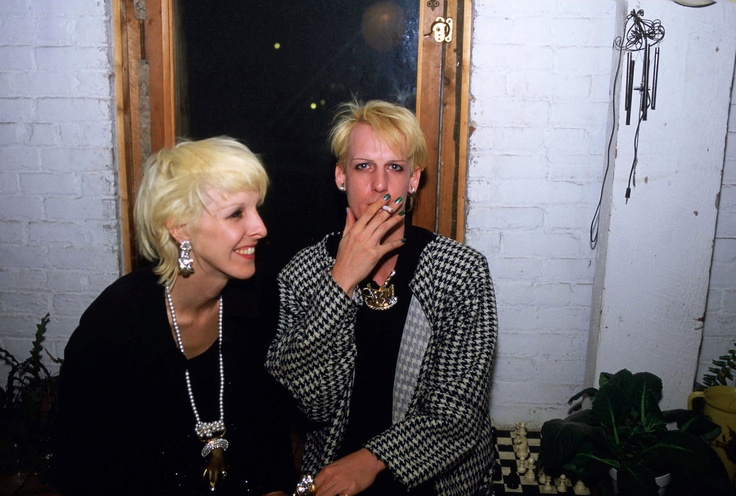
With the collection of Greer Lankton’s work and other notable contemporary artists, The Mattress Factory has become an eclectic refuge for alternative art. In this unique Pittsburgh museum, oddity and identity are given a space to challenge the societal norms of both the past and present.

